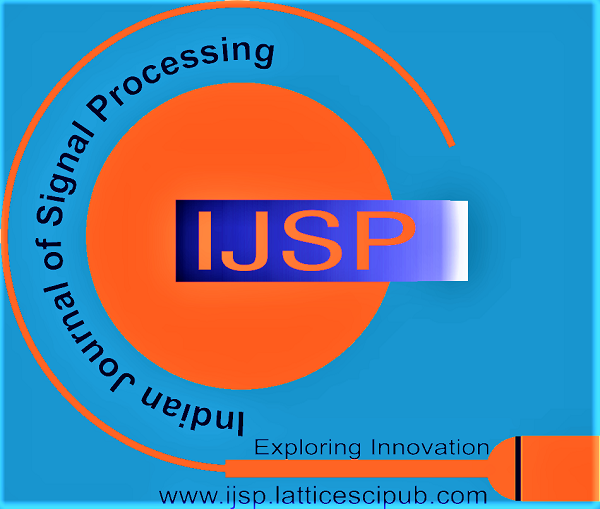![]()
Neural Mass Model-Based Different EEG Signal Generation and Analysis in Simulink
Sheikh Md. Rabiul Islam1, Md. Shakibul Islam2
1Sheikh Md. Rabiul Islam, Department of Electronics and Communication Engineering, Khulna University of Engineering & Technology, Khulna, Bangladesh.
2Md. Shakibul Islam, Department of Electronics and Communication Engineering, Khulna University of Engineering & Technology, Khulna, Bangladesh.
Manuscript received on 24 June 2021 | Revised Manuscript received on 30 June 2021 | Manuscript Accepted on 15 August 2021 | Manuscript published on 30 August 2021 | PP: 1-7 | Volume-1 Issue-3, August 2021 | Retrieval Number: 100.1/ijsp.C1008081321 | DOI: 10.54105/ijsp.C1008.081321
Open Access | Ethics and Policies | Cite | Mendeley | Indexing and Abstracting
© The Authors. Published by Lattice Science Publication (LSP). This is an open access article under the CC-BY-NC-ND license (http://creativecommons.org/licenses/by-nc-nd/4.0/)
Abstract: The electroencephalogram (EEG) is an electrophysiological monitoring strategy that records the spontaneous electrical movement of the brain coming about from ionic current inside the neurons of the brain. The importance of the EEG signal is mainly the diagnosis of different mental and brain neurodegenerative diseases and different abnormalities like seizure disorder, encephalopathy, dementia, memory problem, sleep disorder, stroke, etc. The EEG signal is very useful for someone in case of a coma to determine the level of brain activity. So, it is very important to study EEG generation and analysis. To reduce the complexity of understanding the pathophysiological mechanism of EEG signal generation and their changes, different simulation-based EEG modeling has been developed which are based on anatomical equivalent data. In this paper, Instead of a detailed model a neural mass model has been used to implement different simulation-based EEG models for EEG signal generation which refers to the simplified and straightforward method. This paper aims to introduce obtained EEG signals of own implementation of the Lopes da Silva model, Jansen-Rit model, and Wendling model in Simulink and to compare characteristic features with real EEG signals and better understanding the EEG abnormalities especially the seizure-like signal pattern.
Keywords: EEG signal, EEG abnormalities, Neural Mass Model, Simulink.
Scope of the Article: Biomedical Processing
